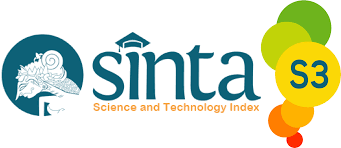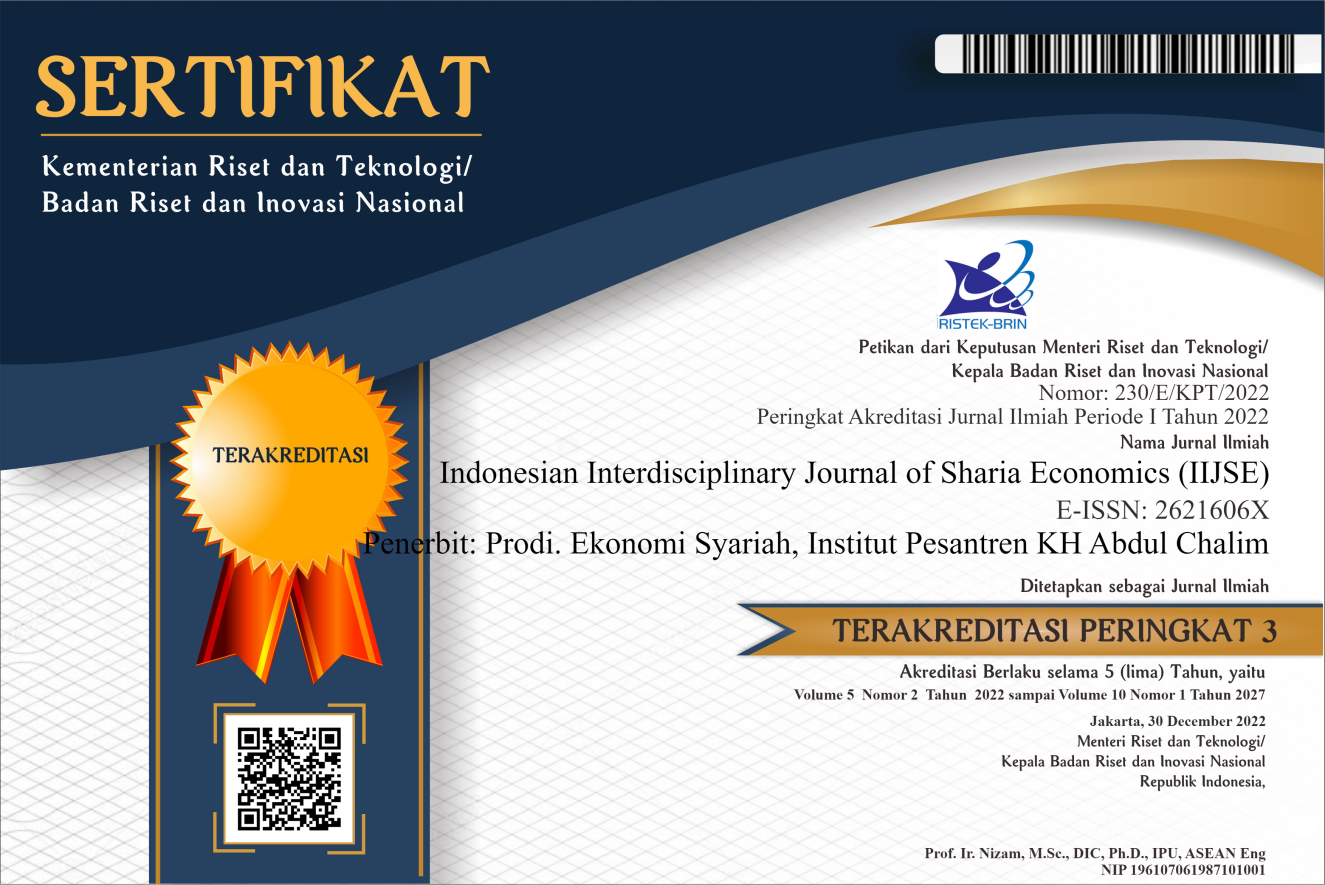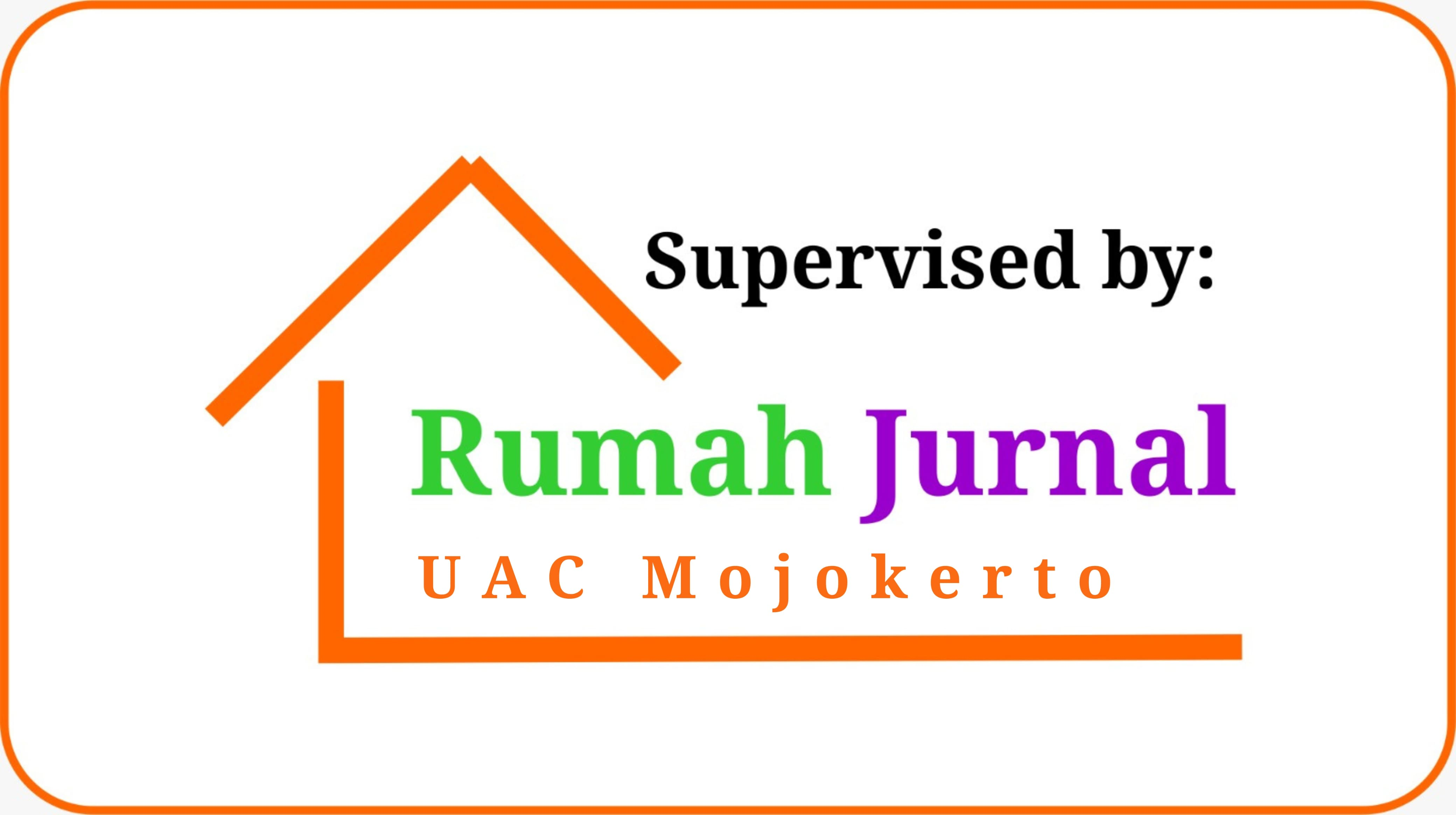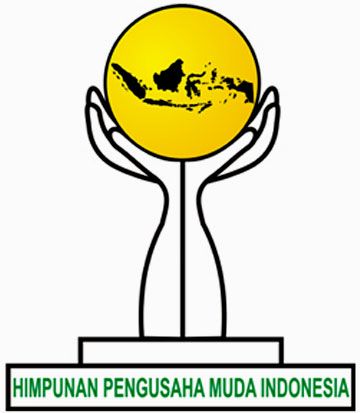Determination of Economic Growth, Human Development Index, and Open Unemployment Rate on Poverty Level in the Province of the Special Region of Yogyakarta
Abstract
As one of the provinces that has special features and is nicknamed as a student city, DI Yogyakarta still ranks first with the highest poverty rate on Java Island. Therefore, this study aims to determine the factors that influence the high poverty rate in the Special Region of Yogyakarta Province. Quantitative analysis with the Multiple Linear Regression method is used in this study to determine the effect of each variable. The results of the study show that in the Special Region of Yogyakarta Province in 2009-2023, Economic Growth and Open Unemployment Rate have no effect on the Poverty Rate, while the Human Development Index has an effect on the Poverty Rate in the Special Region of Yogyakarta Province.
Downloads
References
Alifah, K. I., & Imaningsih, N. (2023). Tingkat Pendidikan, Upah Minimum, & Tingkat Pengangguran Tebuka Terhadap Tingkat Kemiskinan Di Provinsi Daerah Istimewa Yogyakarta. Equilibrium : Jurnal Ilmiah Ekonomi, Manajemen dan Akuntansi, 12(1), 1. https://doi.org/10.35906/equili.v12i1.1179
Badan Pusat Statistik. (2023). No Title.
Boediono. (2017). Ekonomi Indonesia: Dalam Lintasan Sejarah. Mizan.
Boediono. (2018). Teori Pertumbuhan Ekonomi. BPFE.
Deswari, P. N. N., Jayawarsa, A. A. K., & Wulandari, I. G. A. A. (2023). Pengaruh Pertumbuhan Ekonomi dan Persentase Jumlah Penduduk yang Menganggur Terhadap Kemiskinan di Indonesia Tahun 2016-2020. Warmadewa Economic Development Journal (WEDJ), 6(2), 63–71. https://doi.org/10.22225/wedj.6.2.2023.63-71
Nurhaeni. (2022). Pengaruh IPM, Pertumbuhan Ekonomi Dan Pengangguran Terhadap Kemiskinan Kab&Kota di Prov Jawa Tengah. Jurnal Ekonomi, 11(1), 26.
Nurkse, R. (1953). Teori Lingkaran Setan Kemiskinan (Vicios Cycle of Poverty).
Prayoga, M. larasati, Muchtolifah, & Sishadiyati. (2021). Faktor Kemiskinan Di Kabupaten Sidoarjo. JAMBURA ECONOMIC EDUCATION JOURNAL, 3(2), 135–142.
Sadono Sukirno. (2017). Ekonomi Pembangunan: Proses, Masalah dan Dasar Kebijakan. Kencana.
Safruidar. (2019). Indeks Pembangunan Manusia dan Pertumbuhan Ekonomi. Jurnal Ekonomi Regional Unimal, 45–67.
Shaleh, M., Mallongi, S., & Rahman, Z. (2021). Pengaruh Pengangguran, Indeks Pembangunan Manusia dan PDRB Terhadap Tingkat Kemiskinan di Kabupaten Luwu Timur. Tata Kelola, 8(2), 143–167. https://doi.org/10.52103/tatakelola.v8i2.556
Sukirno, S. (2016). Makroekonomi: Teori Pengantar. Raja Grafindo Persada.
Supit, Q. V. F., Kalangi, J. B., & Tumangkeng, S. Y. L. (2023). PENGARUH PERTUMBUHAN EKONOMI, INDEKS PEMBANGUNAN MANUSIA (IPM), DAN PENGANGGURAN TERHADAP KEMISKINAN DI KABUPATEN MINAHASA. Jurnal Berkala Efisiensi Ilmiah, 23(10), 1–12.
Todaro, M. (2006). Ekonomi Pembangunan Edisi Kesembilan. Erlangga.
UNDP. (1996). Human Development Report. Oxford University Press.
Copyright (c) 2025 Melfiya Rosita, Niniek Imaningsih

This work is licensed under a Creative Commons Attribution-ShareAlike 4.0 International License.
Authors who publish with this journal agree to the following terms:
- Authors retain copyright and grant the journal right of first publication with the work simultaneously licensed under a Creative Commons Attribution License that allows others to share the work with an acknowledgment of the work's authorship and initial publication in this journal.
- Authors are able to enter into separate, additional contractual arrangements for the non-exclusive distribution of the journal's published version of the work (e.g., post it to an institutional repository or publish it in a book), with an acknowledgment of its initial publication in this journal.
- Authors are permitted and encouraged to post their work online (e.g., in institutional repositories or on their website) prior to and during the submission process, as it can lead to productive exchanges, as well as earlier and greater citation of published work.


















